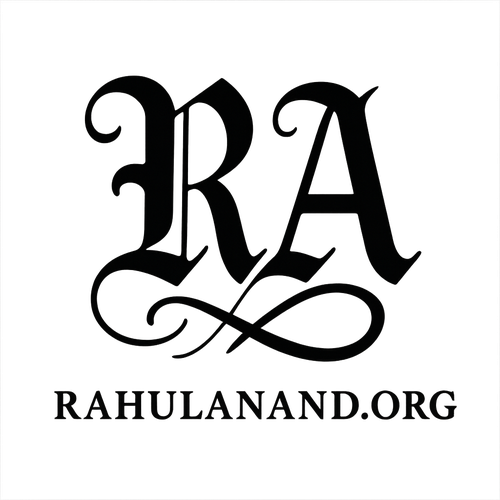
by Rahul Anand | May 8, 2023 | SETS
The intersection of two sets A & B is defined as a set that contains only those members which are common to both A and B. The intersection operation is denoted by the symbol ∩. Remember, for two disjoint sets (sets having no common elements), the...

by Rahul Anand | May 8, 2023 | SETS
The union of two sets A & B is defined as a set that contains all the member elements of A and B. the union operation is denoted by the symbol ∪. One point to remember here is that the union of two or more sets always gives a set with distinct...

by Rahul Anand | May 8, 2023 | SETS
The complement of a set A (that is a subset of a universal set U) is defined as a set that contains all the member elements and all subsets of U that are not part of the set A. The complement of a set is denoted using the symbol ‘ or c. Hence, A’ =...

by Rahul Anand | May 8, 2023 | SETS
Venn diagrams are the pictorial or graphical representation of sets and the various relationships that exist between sets. The representation consists of a rectangular box representing the universal set(U). All sets that are in context are drawn as circles...
by Rahul Anand | May 8, 2023 | SETS
When working with sets, a reference superset that contains all the sets and their subsets in context (i.e. the sets which are currently under consideration) is called a universal set. It provides a base set from which all of the sets of interest can be...
by Rahul Anand | May 8, 2023 | SETS
Partitioning of a set is distributing the member elements of a set among a group of non-empty subsets in such a way that each member lies in only one of these subsets. ⇒ ∅ ( Empty Set ) cannot be the partition of any set. Examples ⇒ The set { 1, 2, 3 } can be...





